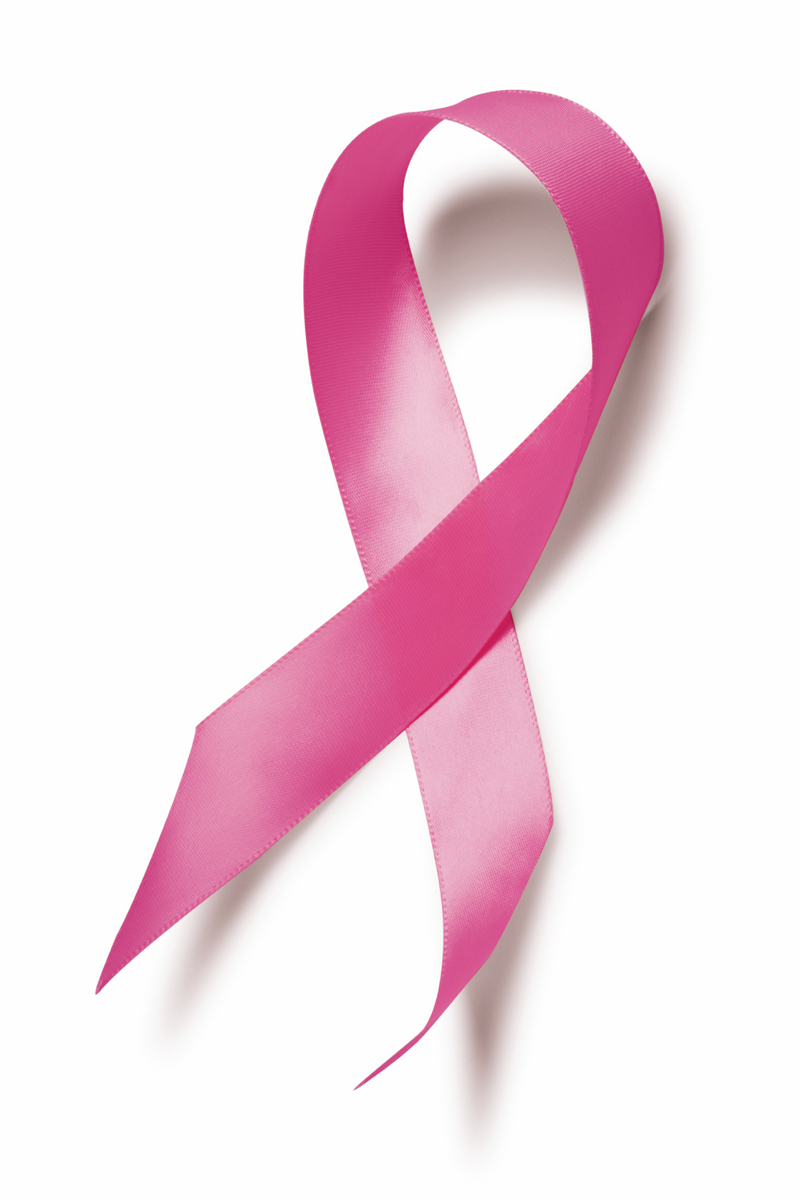We now have a White House where the buck never stops. Our post on Edie Sunby described a woman who may lose her life because of the perverse incentives in managed competition. I predict there will be others. The reason? An insurance policy that allows you to go anywhere in the country, consulting with the best doctors at the best institutions is about to become a relic of the past ― at least in the ObamaCare exchanges.
The White House response to this unfortunate incident? Blame insurance company greed. As The Wall Street Journal observed:
 Dan Pfeiffer, President Obama’s chief political spinner, sent out a now infamous tweet on Monday linking to a left-wing website that blamed Mrs. Sundby’s policy loss on UnitedHealthcare. The White House default is always to blame the insurers. But UnitedHealthcare only fled the state because ObamaCare’s subsidized exchanges are meant to steal their customers. As more people are pulled into government coverage, policies like Mrs. Sundby’s are harder to sustain economically, so insurers bail.
Dan Pfeiffer, President Obama’s chief political spinner, sent out a now infamous tweet on Monday linking to a left-wing website that blamed Mrs. Sundby’s policy loss on UnitedHealthcare. The White House default is always to blame the insurers. But UnitedHealthcare only fled the state because ObamaCare’s subsidized exchanges are meant to steal their customers. As more people are pulled into government coverage, policies like Mrs. Sundby’s are harder to sustain economically, so insurers bail.
Mr. Pfeiffer and other liberals suggest that UnitedHealthcare is profiteering, but that’s an odd way to describe a company that has spent $1.2 million on Mrs. Sundby’s cancer care. Liberals also claim the company could have moved Mrs. Sundby’s policy to the Covered California exchange, but the company isn’t participating precisely because the exchange rules are too restrictive. And none of the other insurers that are participating in the state exchange offer a PPO with Mrs. Sundby’s current coverage. Thus she may lose her preferred doctor as well as her insurance.







